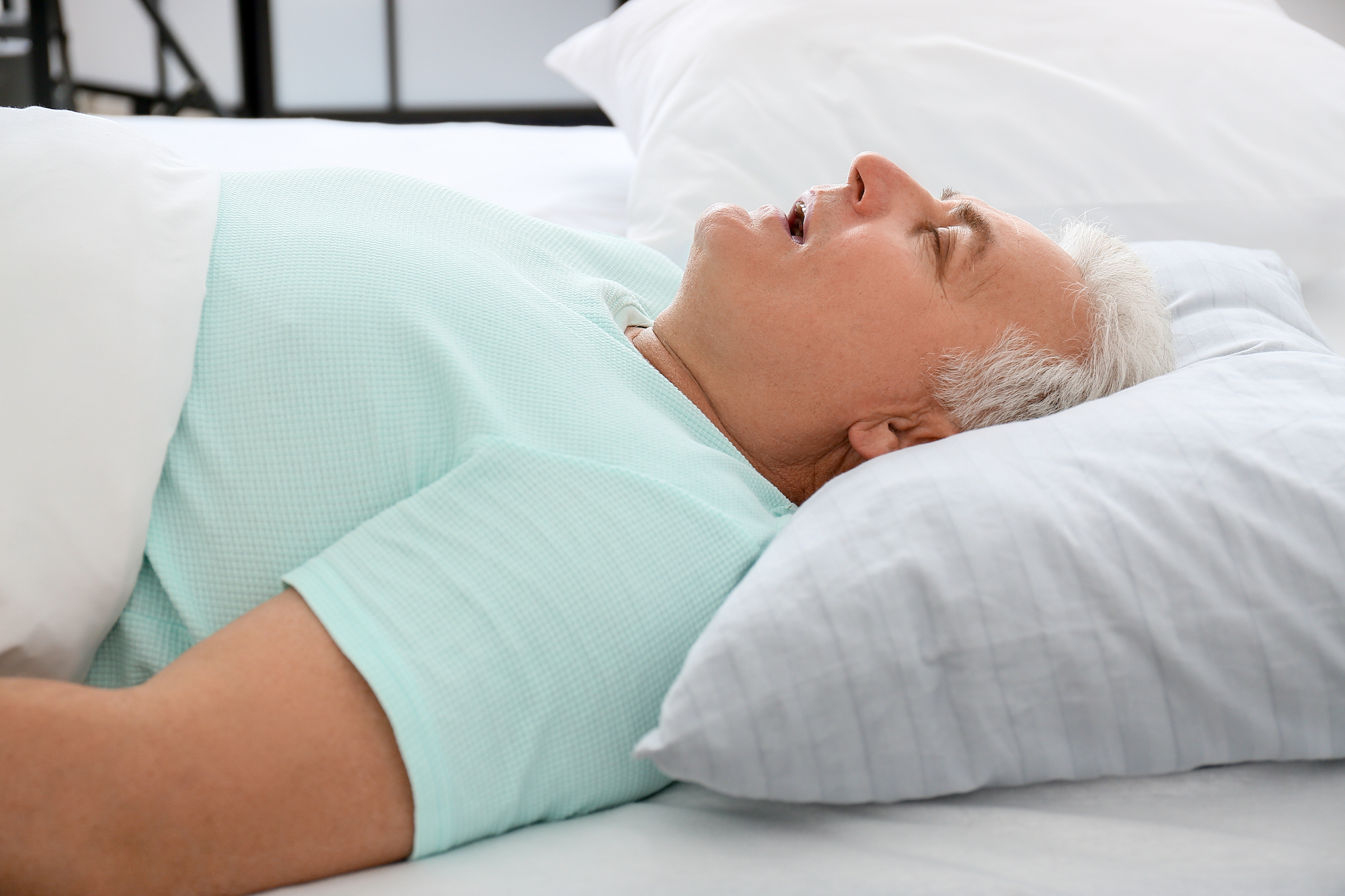This page has received an initial medical review and is currently under review by a member of our medical expert panel.
Micrognathia is a medical condition in which the lower jawbone is smaller than average. This condition primarily affects infants and young children, causing an overbite and potential challenges with breathing and eating. Micrognathia sometimes requires treatment, but it often resolves on its own as children get older.
Micrognathia is relatively rare, occurring in approximately 1 out of every 1,500 newborns. Children with micrognathia are particularly susceptible to obstructive sleep apnea (OSA), which can impact a child’s ability to learn and quality of life without appropriate treatment.
What Is Micrognathia?
Also called mandibular hypoplasia, micrognathia refers to a small lower jaw. Micrognathia is frequently associated with underlying health conditions, including over 700 genetic syndromes.
A syndrome is a group of symptoms and other features of a disease that occur together. In syndromes that cause micrognathia, children may also have a cleft palate or changes in the central nervous system, spine, limbs, hands, or ears.
Micrognathia can result in a variety of health complications. Newborns with micrognathia may have difficulty with feeding and require specialized approaches. Micrognathia can also cause difficulty breathing and is frequently associated with obstructive sleep apnea. Micrognathia can also lead to dental issues.
In older children, micrognathia can affect appearance, but typically does not cause medical issues or complications. In rare cases, micrognathia may develop after childhood due to injury or conditions that affect the joints and tissues around the lower jaw.
What Is the Relationship Between Micrognathia and Sleep Apnea?
Micrognathia increases the risk of obstructive sleep apnea in children because the small size of the jaw narrows the airway and reduces the space needed for breathing. The small lower jaw may not allow enough room for the tongue, which can fall to the back of the throat and block the airway during sleep.
Obstructive sleep apnea is a medical condition in which a sleeping person’s airway becomes repeatedly blocked, causing disrupted breathing. Without treatment, OSA can lead to serious health complications and affect a child’s growth, mood, and behavior. It can also cause or exacerbate long-term health problems.
While OSA affects only 1% to 5% of children in the general population, around 88% of children with micrognathia have OSA. Micrognathia may also increase the risk of severe OSA, meaning more than 10 episodes of disrupted breathing for each hour of sleep.
Causes of Micrognathia
While mild cases of micrognathia may be passed down within families through genetic inheritance, more severe cases are often caused by new genetic changes found only in the child and not in either parent.
Approximately one-third of people with micrognathia have an underlying genetic condition. Micrognathia is associated with over 700 genetic syndromes, including:
- Fetal alcohol syndrome
- Pierre Robin syndrome
- Trisomy 9
- Trisomy 13
- Trisomy 18
Diagnosis of Micrognathia
Doctors typically diagnose micrognathia early in a child’s life or even before they are born. A physician may be able to detect micrognathia as soon as the first trimester, based on ultrasound images.
A doctor may also assess a child for micrognathia if they appear to have an undersized jaw or if they have difficulty feeding. For instance, an infant with micrognathia may have trouble breastfeeding because their tongue position can keep them from latching properly.
If a doctor suspects micrognathia, they may perform a thorough physical exam to evaluate the jaw and mouth. The provider may also recommend imaging of the head and dental x-rays.
Based on the doctor’s finding, they may refer the family to a geneticist, who can conduct testing to identify any underlying genetic conditions in the parents and child.
How Is Micrognathia Treated?
Treatment for micrognathia can depend on the condition’s severity, underlying cause, and whether the child has difficulty breathing or eating. Depending on its cause, micrognathia may resolve on its own as the jaw grows. For this reason, parents may choose to postpone treatment and wait to see if the problem corrects itself.
In infants with mild micrognathia, complications may be managed by changing feeding and sleep positions. In older children, orthodontic treatment may help correct problems with alignment of the teeth and a child’s bite.
In more severe cases, the doctor may recommend additional treatment to keep the airway open. Treatment may include surgery or continuous positive airway pressure (CPAP) therapy.
- Continuous positive airway pressure: Continuous positive airway pressure (CPAP) therapy can also be a highly effective treatment for the symptoms of obstructive sleep apnea in children with micrognathia. A CPAP machine pumps pressurized air through a face mask to keep the airway open.
- Surgery: Several types of surgery can treat severe obstructive sleep apnea in children. One procedure, called mandibular distraction osteogenesis, lengthens the jaw. Less-common surgical interventions include tracheostomy and tongue-lip adhesion.






